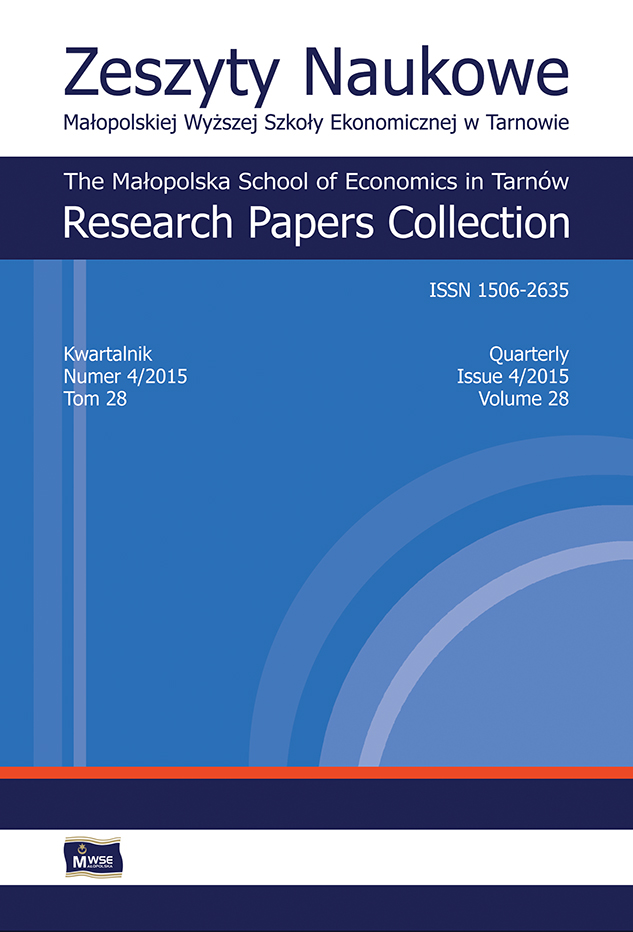Abstract
The contemporary global financial market is characterized by the fact that most financial instruments can be replicated. The replication procedures involve the construction of a new financial instrument through combining other financial instruments, so that the effect of the combination is identical to the properties of the existing instrument. New financial instruments, referred to as synthetic instruments, are constructed on the basis of both primary and derivative instruments. A synthetic instrument is a financial structure based on an appropriate combination of primary and derivative instruments—their substitutes. It provides the possibility of constructing any type of a financial instrument. The paper presents a concept for designing synthetic instruments on the basis of the call/ put parity. The call/ put parity can be a basis for designing a synthetic share, a call option and a put option, and a risk-free investment. The concepts were used to develop two strategies (strangle and straddle) based on synthetic instruments. The balance sheet valuation of strangle and straddle spread strategies was based on a mixed valuation model, making use of two basic measures of valuation—historical costs and fair value.
References
Bielawski, P. (2007a). Wycena bilansowa instrumentów finansowych na przykładzie strategii stelażu. Zeszyty Naukowe Akademii Ekonomicznej w Krakowie, 735, 129–142.
View in Google Scholar
Bielawski, P. (2007b). Wycena bilansowa instrumentów finansowych na przykładzie strategii strangle. Zeszyty Naukowe Uniwersytetu Ekonomicznego w Krakowie, 752, 67–81.
View in Google Scholar
Bielawski, P. (2010a). Syntetyczne instrumenty finansowe i przykłady ich ujęcia w kontekście stosowania zasady kosztu historycznego i kategorii wartości godziwej. Zeszyty Teoretyczne Rachunkowości, 58(114), 21–40.
View in Google Scholar
Bielawski, P. (2010b). Modele wyceny bilansowej instrumentów finansowych w świetle ogólnej teorii rachunkowości. Zeszyty Naukowe, Seria specjalna: Monografie, no. 197. Kraków: Wydawnictwo Uniwersytetu Ekonomicznego.
View in Google Scholar
Kolb, R.W. (1997). Wszystko o instrumentach pochodnych. Warszawa: WIG-Press. ISBN 8387014079.
View in Google Scholar
Kolb, R.W., Overdahl, J.A. (2006). Understanding futures markets. Malden: Blackwell Publishing. ISBN 9781405134033.
View in Google Scholar
Luenberger, D.G. (2003). Teoria inwestycji finansowych. Warszawa: Wydawnictwo Naukowe PWN. ISBN 8301139684.
View in Google Scholar
Marshall, J.F., Bansal, V.K. (1992). Financial engineering: A complete guide to financial innovation. New York: New York Institute of Finance. ISBN 0133125882.
View in Google Scholar
Merton, R.C. (1973). The relationship between put and call prices: Comment. The Journal of Finance, 28(1), 183–184.
View in Google Scholar
Stoll, H. R. (1969). The relationship between put and call option prices. The Journal of Finance, 24(5), 802–824.
View in Google Scholar
© Copyright by Małopolska School of Economics in Tarnów. The articles are available under the Creative Commons Attribution NonCommercial-NoDerivatives 4.0 International License


